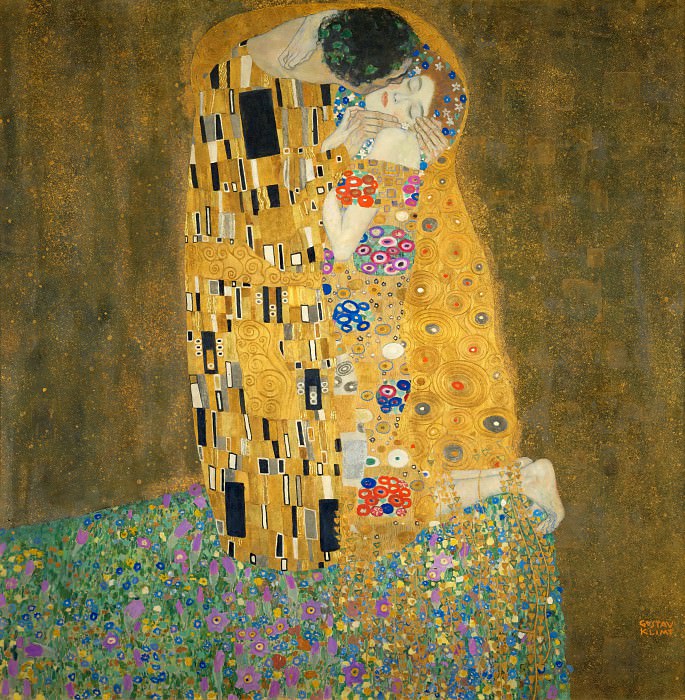Exploring the Art of Umberto Boccioni: A Visionary of Futurism
Umberto Boccioni, an Italian painter and sculptor, played a pivotal role in the Futurist movement, which sought to capture the dynamism, speed, and energy of the modern world. Born on October 19, 1882, in Reggio Calabria, Boccioni’s artistic journey was characterized by his relentless quest to push the boundaries of traditional art forms. His innovative approach and visionary ideas not only redefined the aesthetics of his time but also left an indelible mark on the trajectory of modern art.
Early Life and Education
Boccioni's early life was marked by frequent relocations due to his father's job as a government official. This transient lifestyle exposed him to various cultural influences, shaping his artistic sensibilities. In 1901, he moved to Rome, where he studied under Giacomo Balla, a prominent artist who later became a key figure in the Futurist movement. Balla’s emphasis on depicting light and movement profoundly influenced Boccioni’s developing style.
In 1906, Boccioni traveled to Paris, where he was exposed to the works of the Impressionists, Post-Impressionists, and Symbolists. This experience broadened his artistic horizons and inspired him to experiment with new techniques and ideas. Upon returning to Italy, Boccioni settled in Milan, a city that would become the epicenter of his artistic activities.
The Birth of Futurism
The year 1909 marked a significant turning point in Boccioni’s career when he encountered the Futurist manifesto published by the poet Filippo Tommaso Marinetti. The manifesto called for a radical break from the past and an embrace of the modern age's technological advancements. Enthralled by Marinetti’s vision, Boccioni quickly aligned himself with the Futurist movement and became one of its leading proponents.
In 1910, Boccioni, along with other like-minded artists, signed the "Manifesto of Futurist Painters." This document articulated their desire to capture the dynamic energy of contemporary life through their art. Boccioni’s paintings from this period, such as "The City Rises" (1910), exemplify his commitment to depicting movement and the hustle and bustle of urban life. The painting's swirling forms and vibrant colors convey a sense of chaos and vitality, reflecting the Futurists' fascination with industrialization and progress.
Innovations in Painting
Boccioni’s innovative approach to painting was characterized by his use of bold colors, fragmented forms, and dynamic compositions. He sought to portray the sensation of movement and the passage of time, often depicting subjects in a state of flux. His 1911 painting "States of Mind I: The Farewells" exemplifies this technique, with its overlapping planes and swirling lines suggesting the emotional turbulence of a train station farewell.
In 1912, Boccioni published "Technical Manifesto of Futurist Painting," in which he outlined his theories on how to represent movement and emotion in art. He argued that traditional techniques were inadequate for capturing the complexities of modern life and advocated for the use of multiple perspectives and fragmented forms. This manifesto further cemented his status as a leading thinker within the Futurist movement.
Sculpture: A New Dimension
Boccioni's contributions to sculpture were equally groundbreaking. Dissatisfied with the static nature of traditional sculpture, he sought to imbue his works with a sense of motion and energy. His 1913 manifesto, "Technical Manifesto of Futurist Sculpture," outlined his vision for a new type of sculpture that would break free from classical conventions.
One of Boccioni’s most famous sculptures, "Unique Forms of Continuity in Space" (1913), embodies these principles. The bronze figure appears to stride forward with a fluid, almost aerodynamic form, capturing the essence of movement and speed. This sculpture has become an iconic representation of Futurist aesthetics and is considered one of the masterpieces of 20th-century art.
Later Works and Legacy
As Boccioni’s career progressed, his works continued to evolve, reflecting his growing interest in the interplay between form, space, and movement. His painting "Dynamism of a Cyclist" (1913) exemplifies his mature style, with its fractured planes and overlapping shapes conveying the sensation of rapid motion. Boccioni’s relentless experimentation and refusal to adhere to traditional artistic norms made him a key figure in the avant-garde art scene of his time.
Tragically, Boccioni’s life was cut short when he died in a horse-riding accident on August 17, 1916, at the age of 33. Despite his untimely death, his influence on the development of modern art was profound and enduring. His pioneering ideas and innovative techniques paved the way for future generations of artists, inspiring movements such as Cubism and Abstract Expressionism.
Conclusion
Umberto Boccioni’s art was a testament to his visionary outlook and his commitment to capturing the dynamism of the modern world. Through his innovative approach to painting and sculpture, he challenged conventional notions of form and space, creating works that continue to resonate with contemporary audiences. As a leading figure of the Futurist movement, Boccioni’s legacy is characterized by his relentless pursuit of artistic innovation and his enduring influence on the evolution of modern art.













